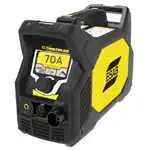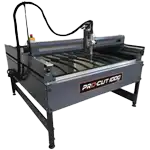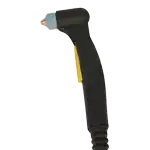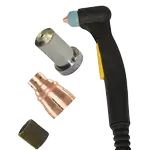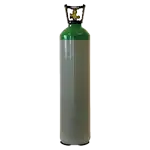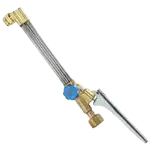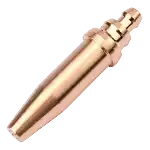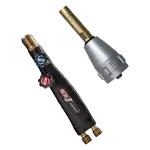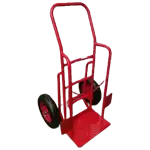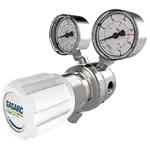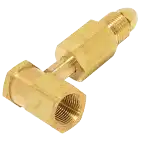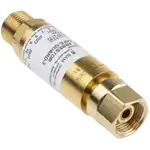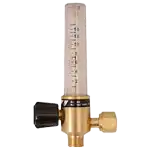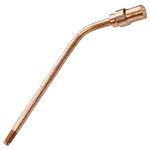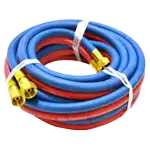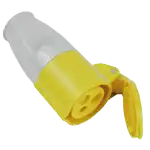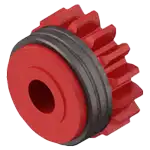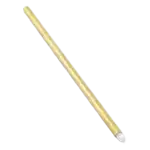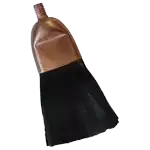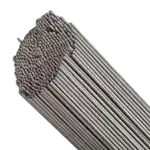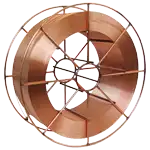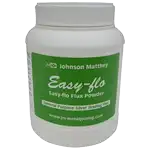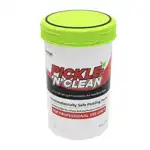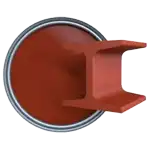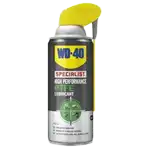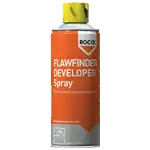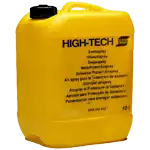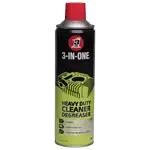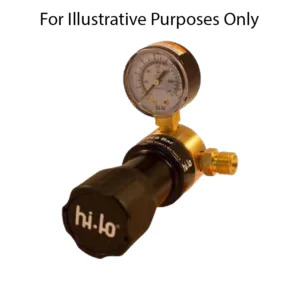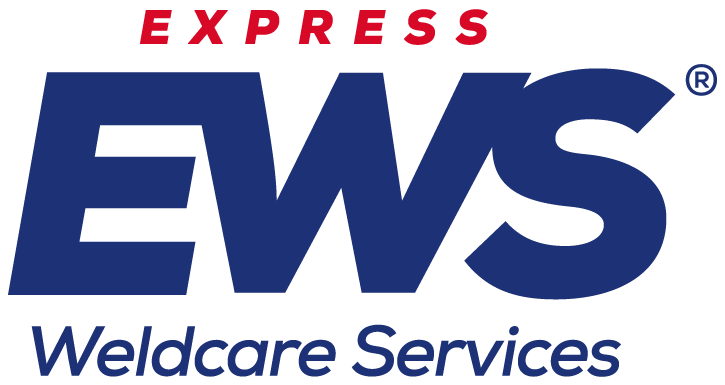




Home / Shop / Gas Supplies / Gas Regulators / Single Stage Gas Regulators


Buy Now, Pay Later In 3 Interest-Free Payments
Hi Lo FabMaster Elite Single Stage Argon Rear Entry Line Regulator
£96.18- Precise argon flow control minimises oxidation and ensures clean, strong welds
- Reduce wasted argon and optimise gas usage
- Durable construction and clear gauges promote safe operation
- User-friendly design allows for quick and easy setup and adjustments
Hi Lo FabMaster Elite Single Stage CO2 Rear Entry Line Regulator
£96.18- Achieve superior weld and cut quality with consistent gas flow
- Built to last, even under heavy use
- Rear entry design streamlines setup and reduces workspace clutter
- Multiple connection options and pressure ratings ensure a perfect fit for your needs
Taming the high-pressure titans of the industrial world, single stage gas regulators are the workhorses of gas control. These dependable regulators take the fierce pressure coming out of a gas cylinder, typically in the range of 230 to 300 bar (or 3,300 to 4,400 psi), and bring it down to a manageable level for your specific application, often between 0.5 and 35 bar (7 to 500 psi). Whether you’re needing precise control for delicate welding with inert gases like argon or helium, or a steady flow for powering industrial cutting torches with fuel gases like propane or acetylene, there’s a single-stage regulator perfectly suited for the task. They’re known for their affordability, simplicity, and reliability, making them a popular choice for professionals and hobbyists alike. For applications where consistent pressure is critical throughout the life of the cylinder, consider a two-stage regulator, but for many gas flow needs, a single-stage regulator is a trustworthy and cost-effective partner.
FAQs
What is a single-stage gas regulator used for?
Single-stage gas regulators are used to reduce the high pressure of compressed gas coming out of a cylinder (typically 230-300 bar) down to a safe and usable pressure for various applications (usually between 0.5-35 bar). They offer precise control for tasks like welding with inert gases or a steady flow for powering cutting torches.
What are the advantages of a single-stage gas regulator?
- Affordability: Single-stage regulators are generally less expensive compared to two-stage regulators
- Simplicity: Their design is straightforward, making them easy to use and maintain
- Reliability: They are known for their dependable performance
When should I consider a two-stage regulator instead of a single-stage regulator?
While single-stage regulators are great for many applications, a two-stage regulator is recommended for situations where consistent pressure is crucial throughout the use of the gas cylinder. As the pressure in a single-stage regulator reduces with the gas being used, the output pressure can fluctuate slightly. A two-stage regulator offers a more consistent output pressure regardless of the remaining gas in the cylinder.
